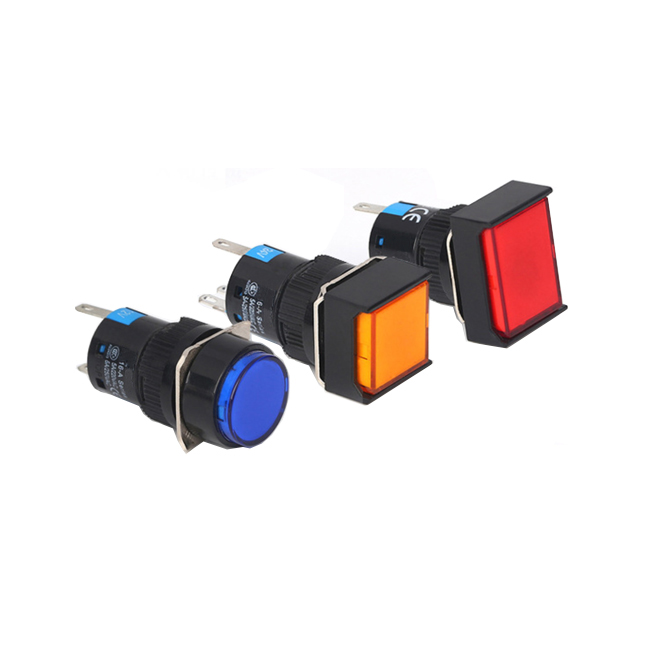The goal of straight tube type LED lamps is to replace straight tube fluorescent lamps used in offices and the like. On December 24, 2010, Matsushita began supplying the first straight-tube type LED lamp system that supports the Japanese lamp industry association specification "JEL801:2010". The LED lamp system supports the just-standardized L-shaped lamp socket, which is clearly defined by the original straight tube type LED lamp that previously used the G13 fluorescent lamp socket (Fig. 1). The product was very popular as soon as it was launched, and it was alleged that “the order was more than expected†(the company). In January 2011, Toshiba Lighting Technology also plans to launch products that support this specification.
According to Matsushita Electric Works, the lamp system that meets the JEL801:2010 specifications, the current goal is to meet the "LED" requirements of the fluorescent system that has entered the replacement period. This straight tube LED system reduces power consumption by approximately 42% compared to fluorescent systems. However, to meet the needs of the replacement, it is estimated that not only low power consumption, but also the performance of lighting from under the lamp to the wall is not inferior. At the time of product delivery, Panasonic disclosed development points for achieving good lighting performance.
Decentralized configuration of LED chips
The original straight tube type LED lamp always has many problems such as a plurality of LED light-emitting points being granular, light glare, color spots and chromatic aberrations, and light rays directed to the side direction (wall surface, etc.) are weak and cannot illuminate the entire room. This is also the reason why the user feels uncomfortable when replacing the fluorescent lamp with the LED lamp.
In order to solve these problems together, a long strip LED unit was used this time. On the ceramic substrate, a blue LED chip was mounted equidistantly upward and coated with a silicone resin mixed with a phosphor (Fig. 2). Light emitted from the surface and side directions of the blue LED chip causes the phosphor to emit light, thereby causing the entire LED unit to emit light. The use of a diffusion film between the glass tubes eliminates the graininess of the light-emitting points. The light loss caused by the diffusion film is only 2%.
Previously, because the packages of multiple LED chips were juxtaposed, there was no light-emitting between the packages. In addition, coating with a resin tube having a light diffusing function also caused a light loss of 10%.
SDL16 series 16mm installation Pushbutton Switch refers to an electronic component that can open a circuit, interrupt current, or flow it to other circuits.We also called it for LA137-H series Pushbutton Switch,can be designed according to customer's needs.
The push button series are used in controlling circuit of AC voltage up to 660V/AC 50Hz~60Hz,and DC voltage below 400V.It is used for controlling signal and interlocking purposes.
They adopting the non-contacting accessories,self-locked contacting type,safe and reliable,and separate conveniently.Its shape is handsome, specially designed for industrial equipment, have firm fabrics, and have very good quality and very competitive prices. The switches have full and different kinds for different functions, like spring return type,self-locked type,with lamp type,mushroom head type,selector type,with key type and emergency stop type,etc.

SDL16 Plastic Pushbutton Switch
SDL16 Series Pushbutton Switch,Push Button Light Switch,Mushroom Push Button Switch,Red Mushroom Head Pushbutton Switch
Ningbo Bond Industrial Electric Co., Ltd. , http://www.bondelectro.com